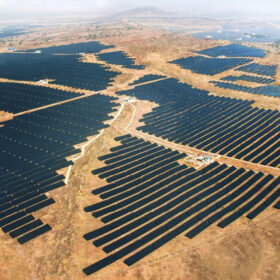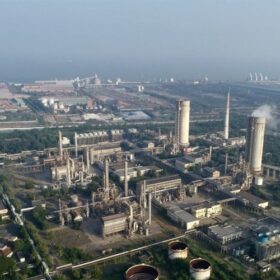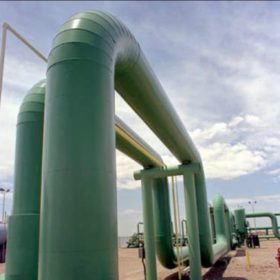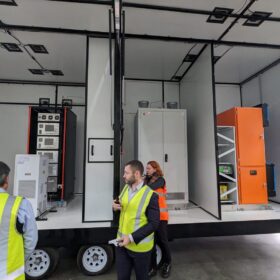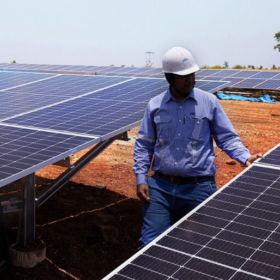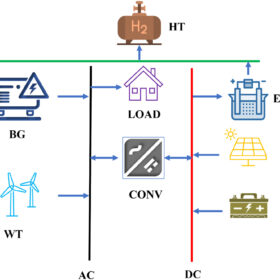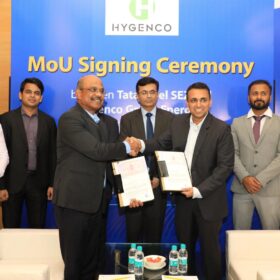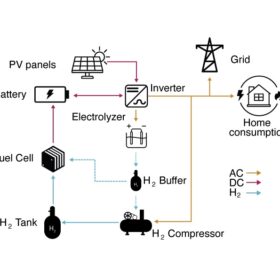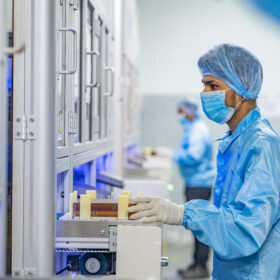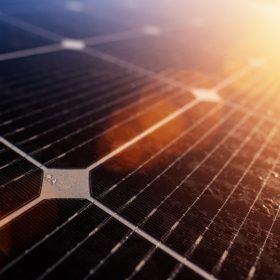Navigating the future of hydrogen
Hydrogen, often lauded as a beacon of hope in the quest for a low-carbon future, stands at a pivotal crossroads. As the world grapples with the dual challenges of escalating energy demands and climate change, hydrogen presents a unique opportunity to harmonize industrial development with environmental stewardship. However, its path is fraught with complexities and obstacles that require careful navigation.
From Mumbai to Bondi
Economic cooperation between India and Australia may open doors for investment in clean energy technology but challenges still abound in a competitive global market. Vibhuti Garg and Shantanu Srivastava, of the Institute for Energy Economics and Financial Analysis, discuss the role that public funding and resource pooling could play in supporting manufacturing ambitions.
Greenko ZeroC to supply renewable ammonia to Norway’s Yara
Greenko ZeroC will supply up to 50% of renewable ammonia from Phase 1 of its ammonia production facility in Kakinada.
Off-grid solar-wind power plant design for green hydrogen generation
Scientists in Czechia have conducted a techno-economic analysis of a green hydrogen production system powered exclusively by photovoltaic and wind energy. The system uses surplus energy for water treatment and, according to its creator, can achieve a levelized cost of hydrogen of $3.12/kg.
The Hydrogen Stream: Asahi India Glass signs 20-year green hydrogen off-take agreement with INOX Air Products
INOX Air Products will build and operate a green hydrogen plant with a capacity of 190 tonnes per annum (TPA). The plant will supply 95 TPA of green hydrogen to Asahi India’s float glass manufacturing facility in Rajasthan in the first phase.
Solar-hydrogen solution rolled out for off-grid settings
A new mobile power generator that combines solar and renewable hydrogen to provide zero-emissions power for remote and off-grid applications has been unveiled by Australian startup H2PowerBox.
JSW Energy FY 2024 profit up 17% to INR 1,723 crore
JSW Energy posted a revenue of INR 11,941 crore and net profit of INR 1,723 crore for the fiscal year ended March 31, 2024.
Designing the best-performing hybrid renewable energy system for off-grid, rural communities in India
A new study evaluates seven different configurations of hybrid renewable energy systems to meet the electricity requirements of an off-grid village community in the Jaisalmer district of Rajasthan, cost-effectively and sustainably. It finds the system combining solar PV panels, wind turbines, biogas generator, lithium-ion battery, converter, electrolyser, and hydrogen tank to be the best performing as it has the lowest fuel consumption rate, net present cost, levelised cost of energy, and cost of hydrogen.
The Hydrogen Stream: Hygenco to set up green hydrogen, ammonia project at Tata Steel SEZ’s Gopalpur Industrial Park
Hygenco aims to produce 1 million tonnes per annum (MTPA) of green ammonia from its plant at Tata Steel SEZ’s Gopalpur Industrial Park in Odisha. The project’s initial phase is set for commissioning by December 2026.
New model shows how to power homes exclusively with hydrogen, solar, batteries
Researchers in Spain has found that combining PV power generation with fuel cells and battery storage may help homes considerably reduce their levelized cost of energy. Their simulation reportedly demonstrated homes may also become completely self-sufficient.

